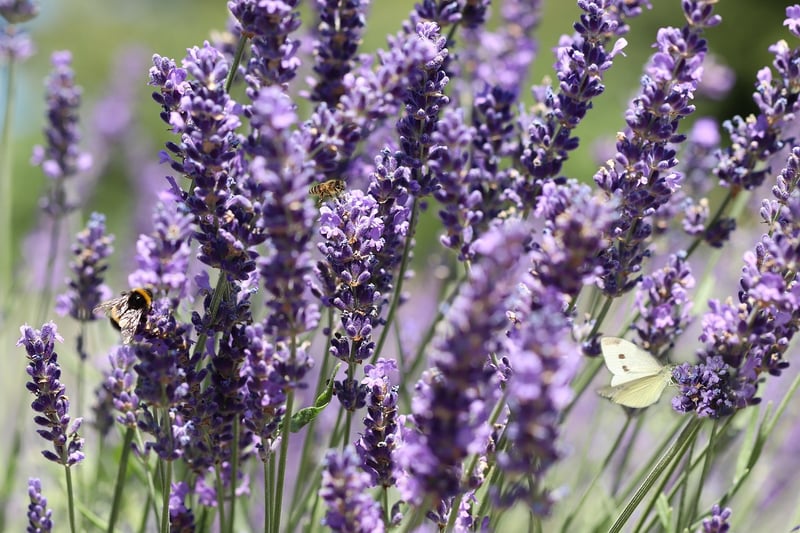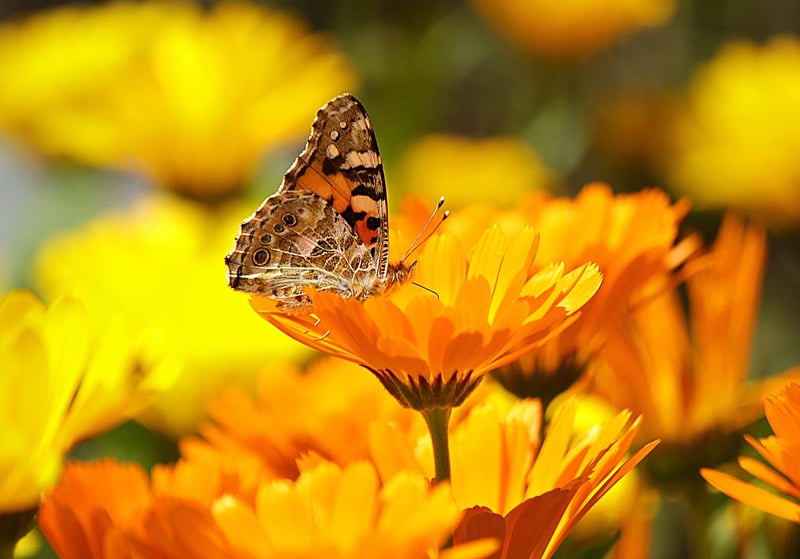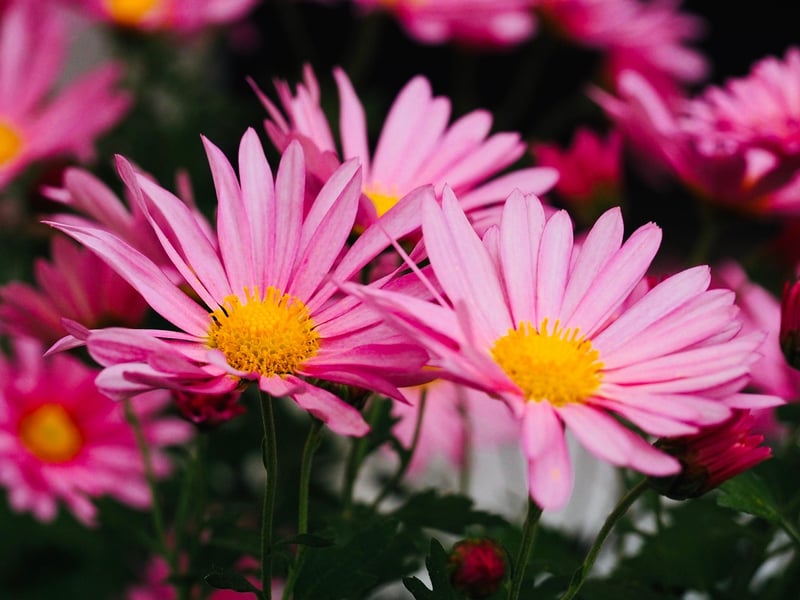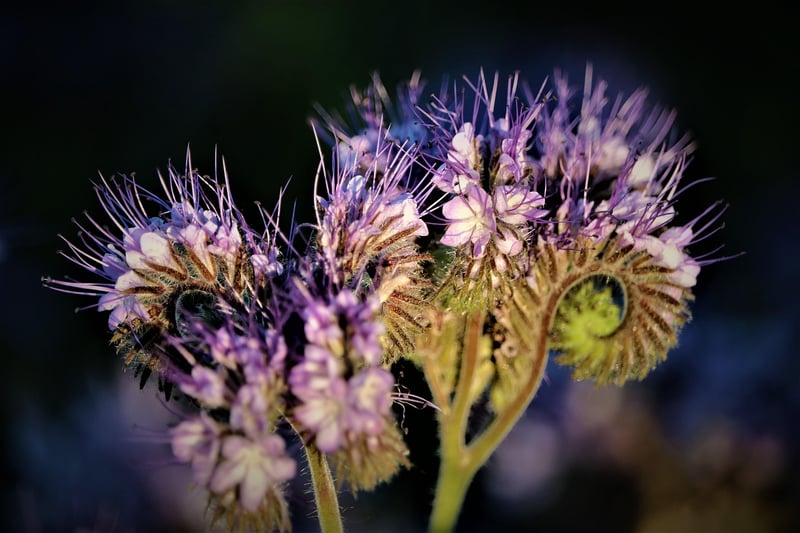Repellent Plants
Managing Garden Pests with Natural Repellent Plants
Gardening is a delightful hobby, but dealing with pesky garden pests can be a challenge. Instead of resorting to harmful chemicals, consider using natural repellent plants to keep unwanted insects at bay. Not only do these plants deter pests, but they also add beauty and diversity to your garden.
Benefits of Repellent Plants:
- Natural pest control
- Environmentally friendly
- Attract beneficial insects
- Add aesthetic value to the garden
- Low maintenance
Popular Repellent Plants:
Here are some common repellent plants that can help protect your garden:
Lavender

Lavender not only adds a lovely fragrance to your garden but also repels mosquitoes, moths, fleas, and flies.
Marigold

Marigolds are known to deter aphids, mosquitoes, and other insects due to their strong scent.
Mint

Mint plants can repel ants, mosquitoes, and even mice while adding a refreshing aroma to your garden.
Chrysanthemum

Chrysanthemums contain pyrethrin, a natural insect repellent effective against many common garden pests.
Tips for Using Repellent Plants:
- Plant them strategically around the garden to create a barrier against pests.
- Interplant repellent plants with vegetables or flowers to protect them from insects.
- Regularly prune and maintain the repellent plants for maximum effectiveness.
- Combine different types of repellent plants for comprehensive pest control.
By incorporating repellent plants into your garden, you can manage pests effectively while fostering a healthy and vibrant garden ecosystem.
Remember, a harmonious garden is not just about beautiful blooms but also about creating a sustainable environment for all living organisms.
